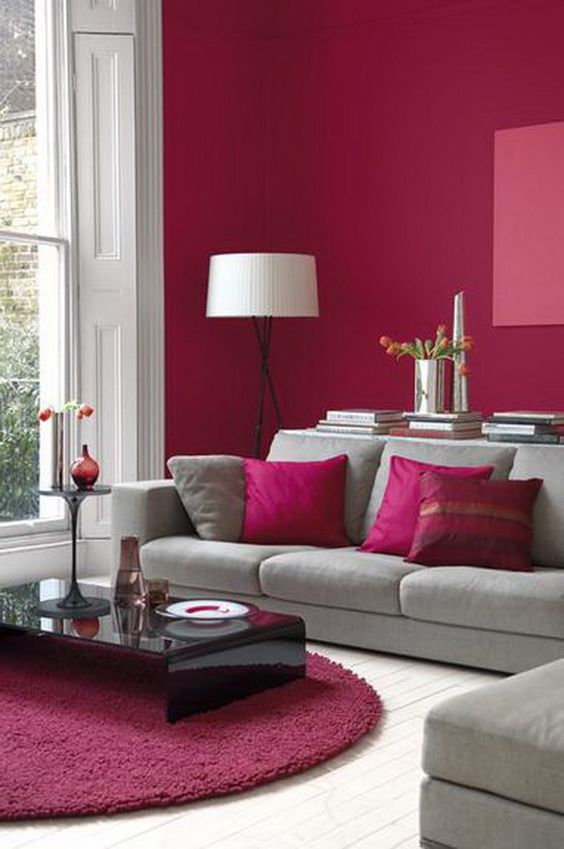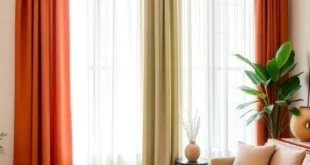When designing your living room, one of the most important aspects to consider is the color scheme. The colors you choose can have a significant impact on the overall look and feel of the space. Creating a harmony of colors in your living room can help to create a cohesive and visually appealing environment that is both comfortable and welcoming. Here are some tips for creating a harmonious color palette for your living room.
Start by selecting a base color for the room. This should be a neutral color that will serve as the foundation for the rest of the color scheme. Popular choices for a base color include white, cream, beige, or gray. Once you have chosen your base color, you can start to add in accent colors to create a more dynamic and interesting look.
When choosing accent colors, it is important to consider the mood you want to create in the room. Cool colors such as blues, greens, and purples can create a calming and relaxing atmosphere, while warm colors like reds, oranges, and yellows can add energy and warmth to the space. You can also consider using complementary colors, which are colors that are directly opposite each other on the color wheel. This can create a vibrant and visually striking look in your living room.
In addition to selecting a color palette, it is also important to consider the balance of colors in the room. You can achieve a sense of balance by using a 60-30-10 rule, which involves using one color for 60% of the space, a second color for 30% of the space, and a third color for the remaining 10% of the space. This can help to create a visually pleasing and harmonious look in your living room.
Another way to create harmony with colors in your living room is to pay attention to the undertones of the colors you choose. Different colors have different undertones, such as warm, cool, or neutral. By choosing colors with similar undertones, you can create a more cohesive and unified look in the room.
When it comes to incorporating color into your living room, there are many different options to consider. You can use paint, wallpaper, furniture, rugs, curtains, and accessories to add color to the space. By mixing and matching different colors and textures, you can create a unique and personalized look that reflects your personal style.
In conclusion, creating a harmony of colors in your living room is all about selecting a base color, choosing accent colors that complement each other, and achieving a sense of balance in the space. By following these tips, you can create a visually appealing and inviting living room that reflects your personal style and taste.
 redboth.com Decoration ideas for your home
redboth.com Decoration ideas for your home



















